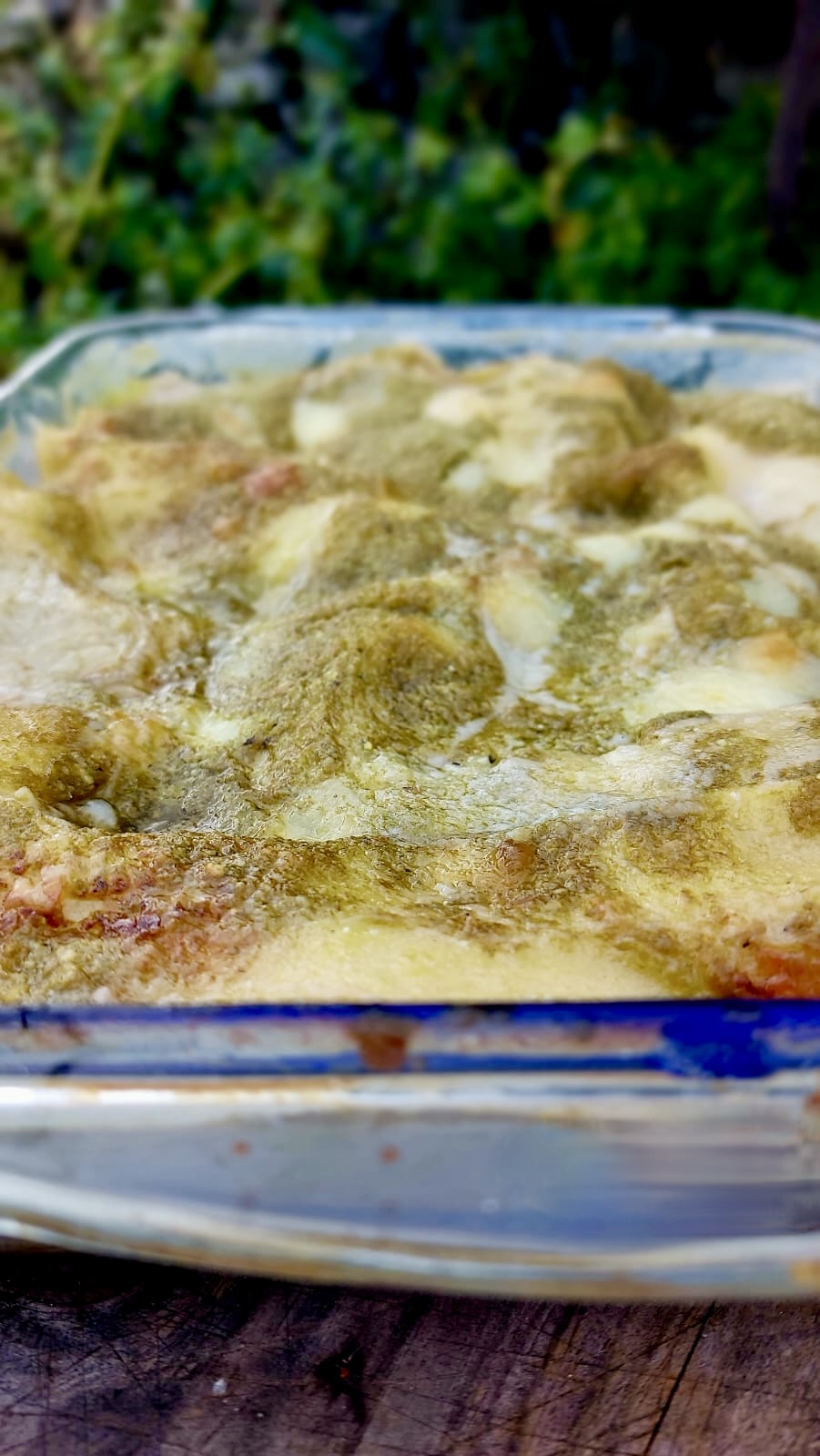From Ancient Rome to Present Day
Lasagna, a beloved dish worldwide, has a rich and fascinating history that dates back to ancient times. Its evolution over the centuries has resulted in a variety of delicious variations that continue to delight food lovers today.
Ancient Origins
The origins of lasagna can be traced back to Ancient Greece and Magna Grecia where a dish called “laganon” was made. Laganon was the first form of pasta, consisting of flat sheets of pasta dough cut into thin strips.
The term “lasanum,” or used in Roman times, referred to a container or pot in which the dish was served. Over time, the dish itself took on this name.
In Ancient Rome, a dish similar to what we now know as lasagna existed. This dish, called “lasana,” was documented by Marcus Gavius Apicius, a gastronome who lived in the first century AD. He wrote about it in his culinary text “De re coquinaria,” which translates to “On the Subject of Cooking
The Lagana (maybe from Laganon) was this recipe that today in Italian can be translated with Pasticcio di Pasta and carne and consist just in layers of this lagane – dried sheets of flour and water – and meat cooked in the oven.
«quotquot posueris, tot trullas impensae desuper adficies»
as many sheets of pasta, as many ladles of sauce thrown on top
«unum vero laganum fistula percuties, et superimpones»
one of those sheets flatten it out well with a rolling pin and lay it on top as a blanket
Middle Ages and Renaissance
During the Middle Ages, lasagna became one of the most popular dishes, with its complexity increasing over time
The first recorded recipe of lasagna dates back to the 14th century. At this time, lasagna was quite different from the dish we know today. It consisted of layers of pasta alternated with cheese and sometimes spices, cooked in broth
The use of egg in the dough did not appear until the Renaissance
Lasagna made a grand entrance in Naples, Italy, during the Middle Ages, and it was initially reserved for special events
The traditional lasagna of Naples, known as ‘lasagne di carnevale,’ evolved from the first recorded recipe. This version was layered with local sausage, small fried meatballs, hard-boiled eggs, ricotta or mozzarella cheese, and Neapolitan Ragù
The First Written Recipe in Naples and Its Difference with the Bolognese Version
The first written recipe of lasagna in Naples was published in 1634 by Giovanni Battista Crisci in his book “La lucerna de corteggiani”. This recipe, known as “lasagne di monache stufate, mozzarella e cacio”, was the first to feature lasagna filled with a spun paste cheese and then baked.
This Neapolitan version of lasagna was quite different from the Bolognese version, which was developed later.
The Neapolitan lasagna, also known as ‘lasagne di carnevale,’ is a complex dish that includes a slow-cooked meat ragù, small fried meatballs, hard-boiled eggs, ricotta, fior di latte (a type of mozzarella or just mozzarella), and pecorino cheese.
This version of lasagna was so beloved by King Ferdinand II, the last king of the Kingdom of the Two Sicilies, that he was affectionately nicknamed “Re Lasagna”
On the other hand, the Bolognese version of lasagna, which started to take shape in the 19th century, is characterized by the use of egg pasta, béchamel sauce, ragù, and Parmigiano cheese
The pasta used in Bolognese lasagna is typically yellow, while the Neapolitan version uses durum wheat pasta
The Bolognese lasagna is also typically layered with alternating layers of béchamel and ragù, while in the Neapolitan version, the ingredients are mixed together
In conclusion, while both versions of lasagna have their roots in ancient times, they have evolved in different ways over the centuries, reflecting the unique culinary traditions of their respective regions.
Modern Lasagna
The lasagna we are more familiar with today, featuring layers of pasta, cheese, and sauce, began to take shape in the 19th with Francesco Zambrini from Bologna. But the first appearance of tomato in the recipe was in the 1880s in Naples, the age of POMODORO begun!
Similar to gnocchi, with it shares a certain ancestrally, lasagna is more almost a type of food than a recipe.
After the first Neapolitan version, moving on to the more commercial Bolognese version, lasagna, as an adaptable format, has spread to all regions and transformed according to place.
Today we have pesto, pumpkin, mushroom etc.. The dish continued to evolve, with variations including vegetarian options, eggplant lasagna, and ones with a Southwestern flair
Today, lasagna is a global favorite, with countless variations to suit every palate. From traditional beef lasagna to vegetarian lasagna, white chicken lasagna, and even Mexican-inspired lasagna filled with beans and rice, the possibilities are endless
In conclusion, the history of lasagna is a testament to the dish’s enduring appeal and its ability to adapt and evolve over time. From its ancient origins to its modern variations, lasagna continues to be a cherished dish around the world.
What’s your Favorite Lasagna?
Are you thinking some special Lasagna you tasted in Italy? Some in your mind you want to create? look at our online cooking classes and let us know, we can organize a private or not cooking class Lasagne based 🙂 Write us and feel free to ask!

